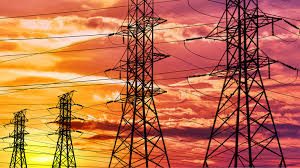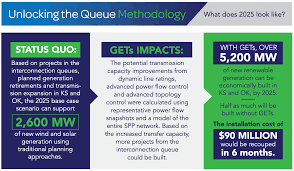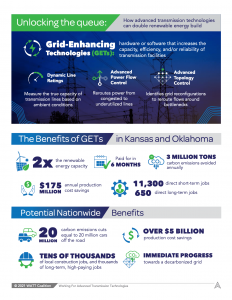
A study by a coalition of renewable energy groups claims grid-enhancing technologies in Oklahoma and Kansas could help the two states integrate more than 5,200 megawatts of new renewable generation by 2025.
The study entitled “Unlocking the Queue” and done by the Working for Advanced Transmission Technologies Coalition focused on Oklahoma and Kansas and their wind power and the elimination of transmission constraints through the construction of GETS, Grid-Enhancing Technologies (GETs).
Published by the WATT Coalition and funded by GridLab, EDF Renewables North America, NextEra Energy Resources, and Duke Energy Renewables, the study contends that with improved transmission capabilities, the two states could double the amount of wind and solar-powered electricity in the next four years.

“This report shows how active management of the grid can deliver more clean power over the existing network, benefitting customers and the environment in the very near term,” said Rob Gramlich, Executive Director of the WATT Coalition. “These technologies are proven, and small adjustments to regulations will lead to widespread benefits. The value to the climate and the economy is too large to leave on the table.”

The study claims that the current system of transmitting electrical power from solar and wind projects is backlogged and highlighted its case by pointing to transmission congestion which led to thousands of megawatts of curtailed wind generation in Oklahoma on the morning of February 4 of this year.
It asserted that without GETS, half as much new renewable power in the two states will be built, but a $90 million investment would be recouped in six months.
Former FERC chairman Jon Wellinghoff said the report adds to what he called “overwhelming evidence” that GETS will rapidly payback investment and reduce costs for consumers.
“Electric consumers and transmission developers need FERC to act now to align financial incentives by instituting a rule to integrate GETs into transmission operations and planning.”





